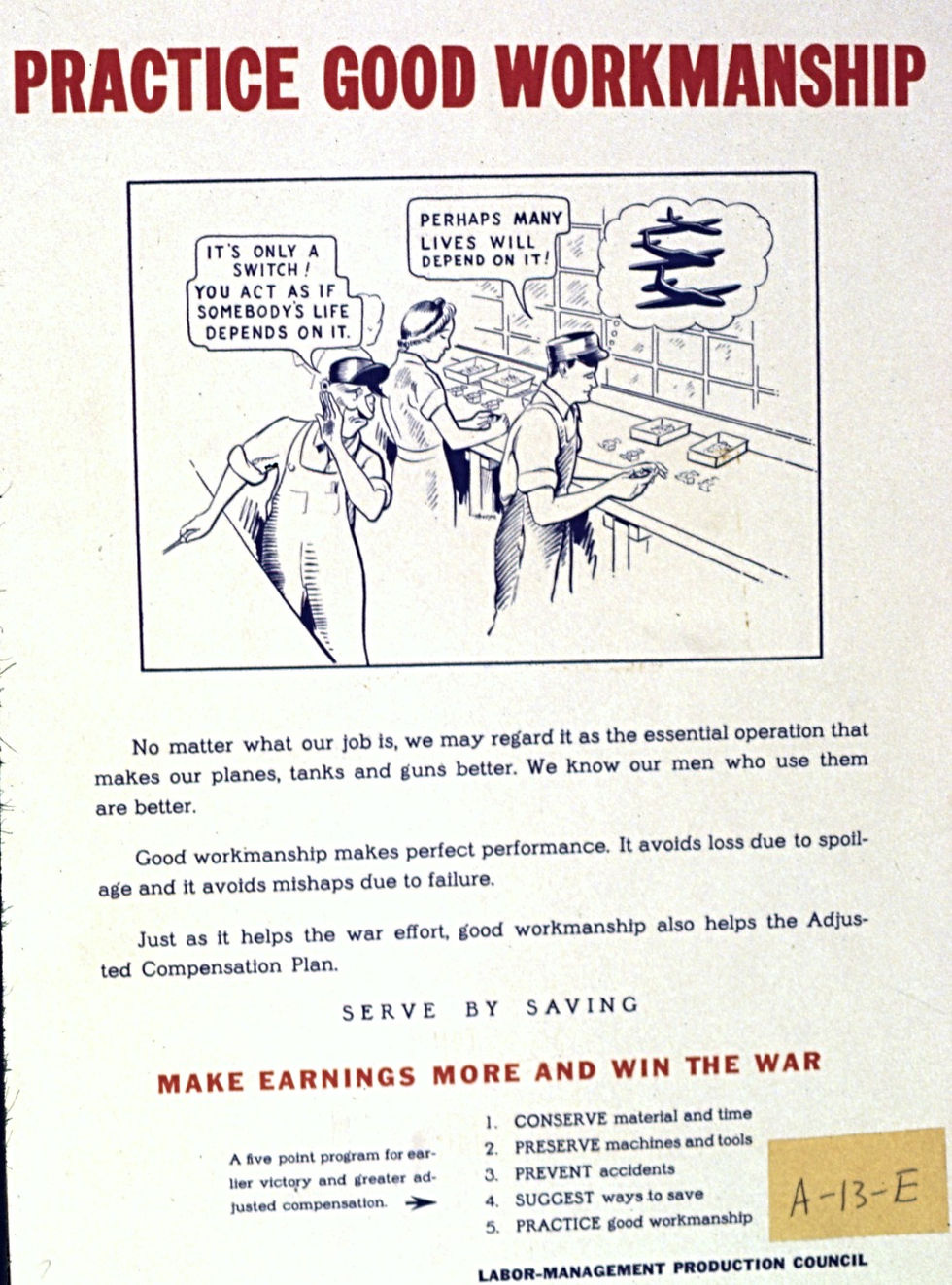A Brief History of Hot Water Systems
- bateman1826
- Aug 7, 2018
- 1 min read
It all began in London, England in 1868 when a house painter by the name of Benjamin Waddy Maughan (and former inmate at the Islington Workhouse) patented the first instantaneous water heater that did not use solid fuel for domestic use. Prior to Maughan's invention, household's would heat water in batches over a gas stove - a time consuming and undoubtedly, awkward procedure. His wife, a British suffragette, born Fanny Elizabeth Seamer, surely must have been thrilled. Maughan's invention, originally name the Geyser after an Icelandic hot spring, allowed cold water at the top of the tank to flow seamlessly through pipes heated by hot gases from a burner at the bottom. In fact, this process was fairly dangerous because there was no flue to remove heated gases, resulting in improper ventilation.

Maughan's invention, indeed, would have inspired the work of Norwegian mechanical engineer, Edwin Ruud. Ruud, educated at The Horten Technical School in Norway immigrated to Pittsburgh, Pennsylvania, USA where he was first employed by The Fuel Gas and Manufacturing Company. In 1880, Ruud patented the first automatic, storage tank-type gas water heater, then continued to make many advancements in both tank-type and tankless water heater design and operation.

Modern Commercial Hot Water Systems, as we know them today, seem to have since evolved since from a series of inventions over the last century. Bateman Water Heating proudly continues on in this spirit of innovation. Our team of Engineers are continually searching for the latest advancements in hot water heating technology. We certainly have come a long way!




Comments